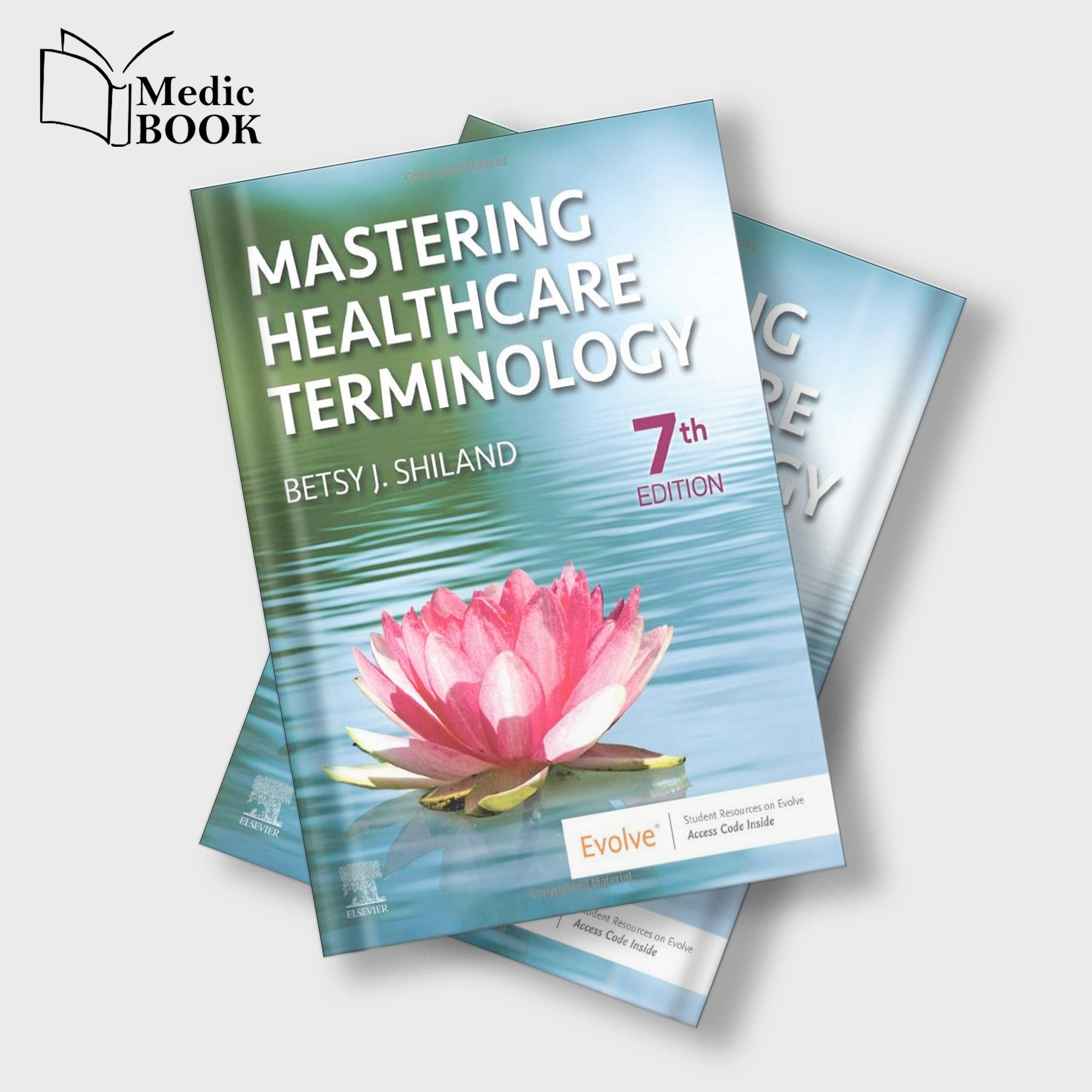Tooth Crown Pain Relief: Causes & Solutions
The sensation of tooth crown pain can be a debilitating and frustrating experience, impacting daily life and overall well-being. It’s essential to understand the underlying causes of this discomfort to devise effective strategies for relief. Tooth crown pain can stem from various factors, including the crown itself, the tooth it’s covering, or the surrounding gums and bone. In this comprehensive exploration, we’ll delve into the reasons behind tooth crown pain, discuss solutions, and provide actionable advice for managing and alleviating this type of dental discomfort.
Understanding Tooth Crowns
Before diving into the causes and solutions of tooth crown pain, it’s crucial to have a basic understanding of what tooth crowns are and their purpose. A dental crown, often referred to as a cap, is a tooth-shaped cover placed over a tooth to restore its shape, size, strength, and appearance. Crowns are used for various reasons, such as protecting a weak tooth from breaking, restoring a broken tooth, covering a tooth with a large filling, or making a cosmetic modification. They can be made from several materials, including ceramic, porcelain, resin, or metal.
Causes of Tooth Crown Pain
1. Poor Fitting Crown
A crown that doesn’t fit well can cause pain due to the uneven distribution of pressure when biting or chewing. This poor fit can also lead to irritation of the surrounding gum tissue.
2. Crown Too High
If the crown is higher than the natural teeth, it can cause discomfort and pain when biting down, as it bears the brunt of the chewing force.
3. Tooth Decay Under the Crown
Decay can occur under the crown if the crown isn’t placed correctly or if there’s a gap between the crown and the tooth. This decay can cause pain and sensitivity.
4. Gum Recession
When gum recession occurs around a crowned tooth, it can expose the root of the tooth, leading to sensitivity and pain.
5. Cracked or Broken Crown
A cracked or broken crown can cause pain, especially if the crack extends into the natural tooth structure. It can also lead to sensitivity and sharp pains.
6. Nerve Damage
In some cases, the process of preparing the tooth for a crown or the crown placement itself can cause nerve damage, leading to pain and sensitivity.
Solutions for Tooth Crown Pain Relief
1. Adjust the Crown
If the pain is due to a poorly fitting crown, an adjustment by a dentist can alleviate the issue. This might involve reshaping the crown or adjusting the bite.
2. Replace the Crown
In cases where the crown is damaged, too high, or doesn’t fit properly, replacing it with a well-fitting one can resolve the pain.
3. Fillings or Root Canal
If there’s decay under the crown, it might be necessary to remove the crown, treat the decay (possibly with a filling or root canal), and then replace the crown.
4. Gum Treatment
For gum recession, treatment may involve deep cleaning, gum grafting, or other periodontal therapies to protect the exposed root and promote gum healing.
5. Desensitizing Treatments
For sensitivity, desensitizing toothpaste, varnishes, or dentin sealers can help block the dentinal tubules and reduce pain.
6. Pain Management
Over-the-counter pain relievers or, in severe cases, prescription medications can help manage pain while a more permanent solution is sought.
Prevention is the Best Solution
Preventing tooth crown pain involves regular dental check-ups, good oral hygiene practices, and addressing any dental issues promptly. Maintaining a healthy mouth reduces the risk of needing a crown in the first place and minimizes potential complications if a crown is necessary.
DIY Relief for Mild Discomfort
For mild tooth crown pain, there are some home remedies that can provide temporary relief: - Cold Compress: Applying a cold compress to the cheek near the aching tooth can help numb the area. - Salt Water Rinse: Rinsing with warm salt water can reduce swelling and ease pain. - Desensitizing Toothpaste: Using toothpaste designed for sensitive teeth can help alleviate sensitivity.
Conclusion
Tooth crown pain, while distressing, can often be resolved with the right diagnosis and treatment. Understanding the potential causes and knowing the available solutions can empower individuals to seek the appropriate care and find relief from their discomfort. Regular dental visits, good oral hygiene, and prompt attention to any dental issues are key to preventing and managing tooth crown pain.
FAQ Section
What causes tooth crown pain after a crown is placed?
+Tooth crown pain after placement can be caused by several factors, including poor fit, high bite, decay under the crown, gum recession, or nerve damage during the procedure. It’s essential to see a dentist for proper evaluation and treatment.
Can a tooth crown be adjusted for pain relief?
+Yes, if the pain is due to a poorly fitting crown, a dentist can adjust it to improve the fit and alleviate discomfort. This might involve reshaping the crown or adjusting the bite to ensure even distribution of force during chewing.
How can I manage tooth crown pain at home?
+For mild tooth crown pain, using desensitizing toothpaste, applying a cold compress, or rinsing with warm salt water can provide temporary relief. However, it’s crucial to consult a dentist for a proper diagnosis and long-term solution to prevent further complications.

